-
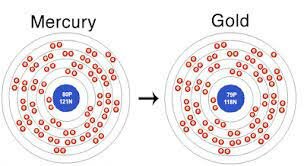 All metals were formed from two principles mercury and sulfur.
All metals were formed from two principles mercury and sulfur. -
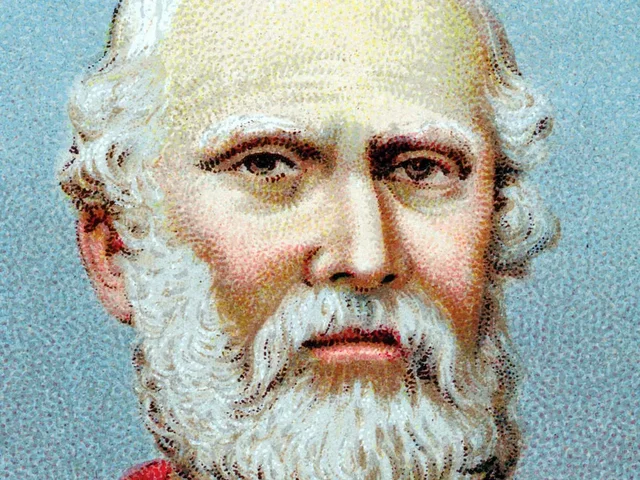 Ideal geometric forms serve as atoms according to which atoms broke down mathematically into tringles.
Ideal geometric forms serve as atoms according to which atoms broke down mathematically into tringles. -
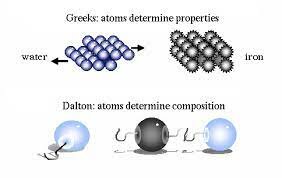 Atoms were uniform , solid,hard , incompressible and indestructible and they moved in infinite numbers through empty space until stopped .
Atoms were uniform , solid,hard , incompressible and indestructible and they moved in infinite numbers through empty space until stopped . -
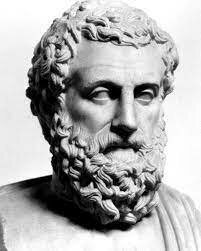 Matter was fundemeantaly constructed out of atoms.
Matter was fundemeantaly constructed out of atoms. -
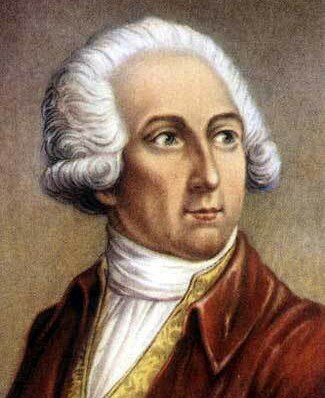 Is noted for his discovery of the role oxygen plays in combustion .
Is noted for his discovery of the role oxygen plays in combustion . -
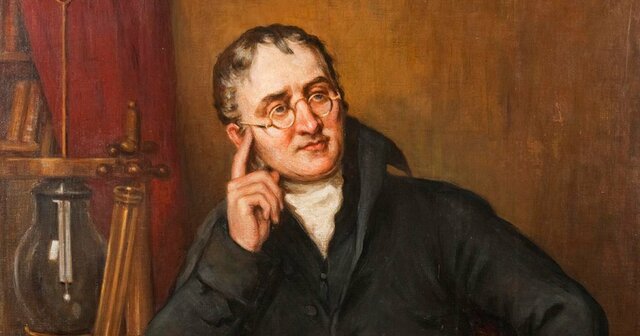 He was an English chemist , physicist and meteorologist. He is best known for introducing the atomic theory into chemistry .
He was an English chemist , physicist and meteorologist. He is best known for introducing the atomic theory into chemistry . -
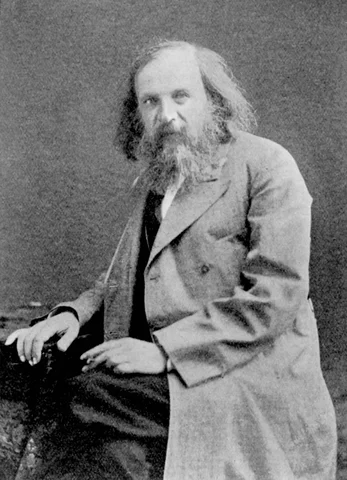 Russian Chemist who developed the periodic classification of elements .
Russian Chemist who developed the periodic classification of elements . -
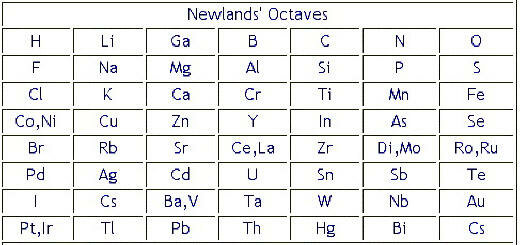 law of octives was established by an English chemist J.A.R Newlands in 1865. He was the first to put elements into a periodic table with increasing order of atomic mass.
law of octives was established by an English chemist J.A.R Newlands in 1865. He was the first to put elements into a periodic table with increasing order of atomic mass. -
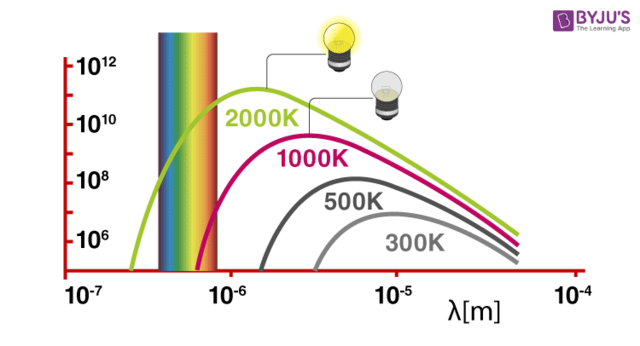 Different atoms and molecules can emit or absorb energy in discrete quantities only.
Different atoms and molecules can emit or absorb energy in discrete quantities only. -
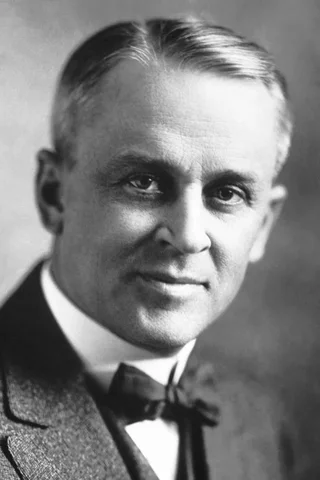 He was a physicist who discovered the elementary charge of an electron using oil drop experiment.
He was a physicist who discovered the elementary charge of an electron using oil drop experiment. -
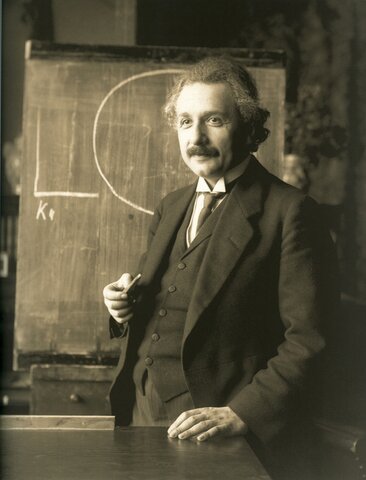 He was a German born theoretical physicist . he was known to be one of the greatest and influential physicist of all time .
He was a German born theoretical physicist . he was known to be one of the greatest and influential physicist of all time . -
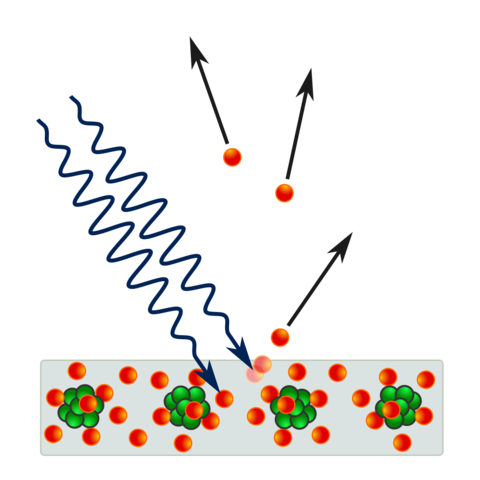 Were electrically charged particles are released from or within a material When it absorbs electro magnetic radiation.
Were electrically charged particles are released from or within a material When it absorbs electro magnetic radiation. -
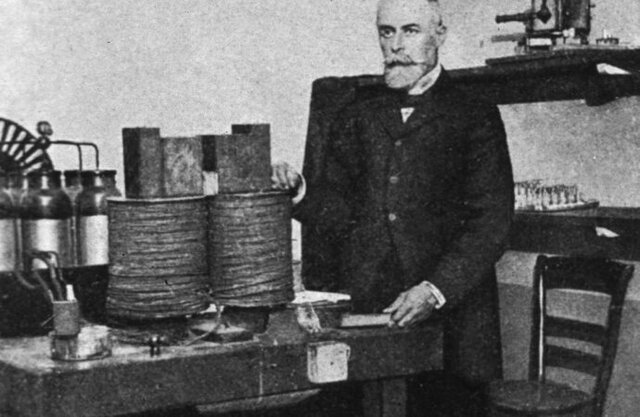 March 1 1896 Henri Becquerel discovers radioactivity . Its one of the most well known accidental discoveries in history . Henri opened drawer and discovered spontaneous radioactivity.
March 1 1896 Henri Becquerel discovers radioactivity . Its one of the most well known accidental discoveries in history . Henri opened drawer and discovered spontaneous radioactivity. -
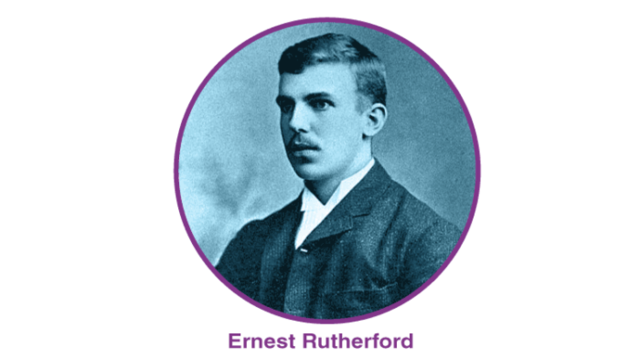 The proton was discovered by Ernest Ruthrford in the early 1900s. His research resulted in a nuclear reaction which led to the first splitting of the atom , were he discovered protons.
The proton was discovered by Ernest Ruthrford in the early 1900s. His research resulted in a nuclear reaction which led to the first splitting of the atom , were he discovered protons. -
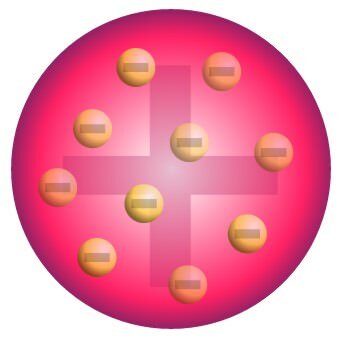 The plum pudding model is model of the atom . It is defined by electrons surrounded by a volume of positive charge like negatively charged plums.
The plum pudding model is model of the atom . It is defined by electrons surrounded by a volume of positive charge like negatively charged plums. -
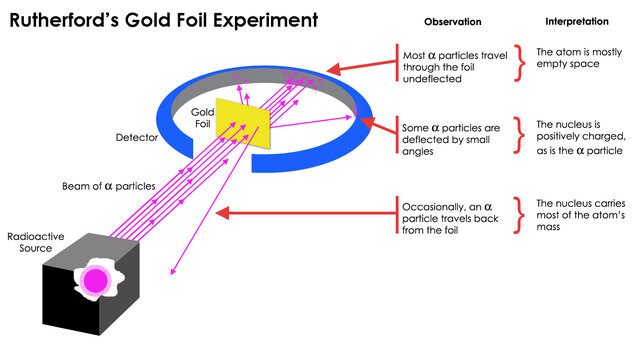 A piece of gold foil was hit with alpha particles which have a positive charge . Most alpha particles went right through . This proved that mostly gold atoms were empty space
A piece of gold foil was hit with alpha particles which have a positive charge . Most alpha particles went right through . This proved that mostly gold atoms were empty space -
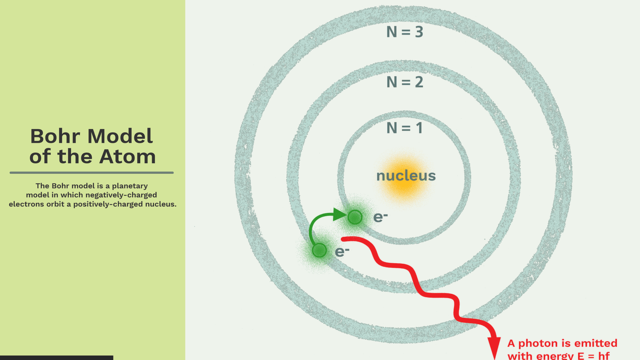 Bohrs model is a structure of the atom. The model was proposed by physicist Neil Bohr in 1913 . In the model the electrons travel around the nucleus of an atom in distinct circular orbit.
Bohrs model is a structure of the atom. The model was proposed by physicist Neil Bohr in 1913 . In the model the electrons travel around the nucleus of an atom in distinct circular orbit. -
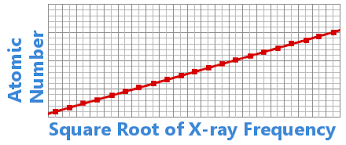 I n 1913 he was working at the University of Manchester .He observed and measured the x-ray spectra of various chemical elements . Through this he discovered a systematic relation between wave length and atomic number.
I n 1913 he was working at the University of Manchester .He observed and measured the x-ray spectra of various chemical elements . Through this he discovered a systematic relation between wave length and atomic number. -
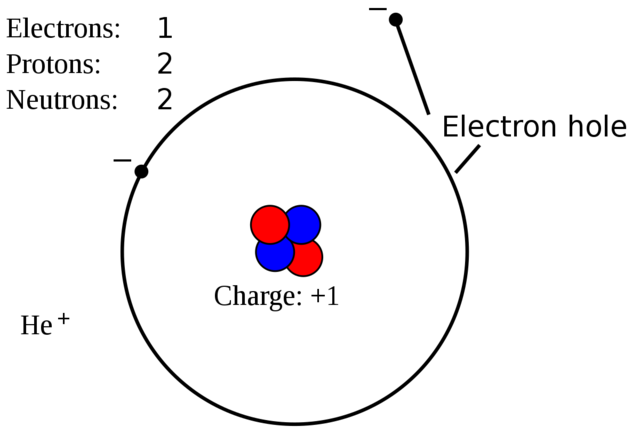 Lightest stable subatomic particle known. It carries a negative charge of 1.602176634x10-19 coulomb which is considered which is considered the basic unit of electric charge.
Lightest stable subatomic particle known. It carries a negative charge of 1.602176634x10-19 coulomb which is considered which is considered the basic unit of electric charge. -
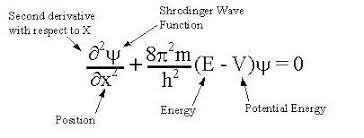 A liner practical differential equation that govern the wave function of quantum mechanical system .
A liner practical differential equation that govern the wave function of quantum mechanical system . -
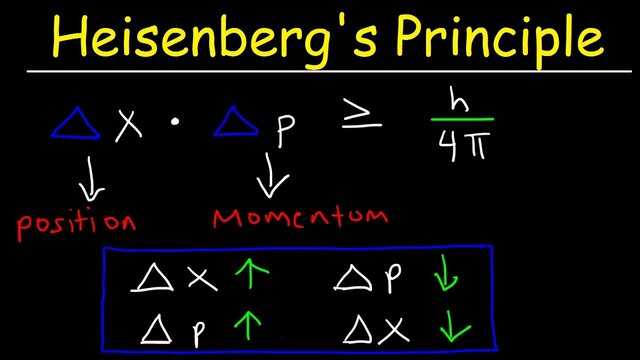 Formulated by the german physist Werner Heisenburg in 1927. The uncertainty principle states that we cannot know both the position and speed of a particle , such as a photon or electron.
Formulated by the german physist Werner Heisenburg in 1927. The uncertainty principle states that we cannot know both the position and speed of a particle , such as a photon or electron. -
 The British physicist Sir James Chadwick discovered neutrons in the year 1932. he announced that the core contained a new uncharged particle which he called the neutron.
The British physicist Sir James Chadwick discovered neutrons in the year 1932. he announced that the core contained a new uncharged particle which he called the neutron. -
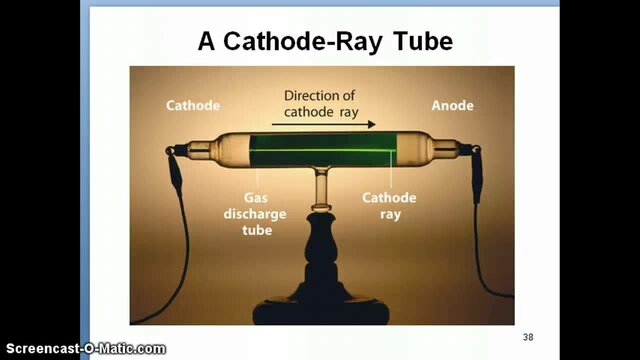 In 1897 JJ Thomson discovered the electron by experimenting with a cathoide ray tube . He demonstrated that cathoid rays were negatively charged .
In 1897 JJ Thomson discovered the electron by experimenting with a cathoide ray tube . He demonstrated that cathoid rays were negatively charged .